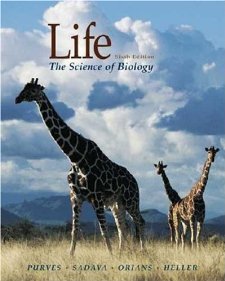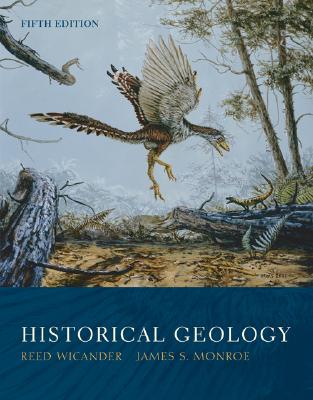-Biology, 6th Edition, Raven et al, 2002: 455.
“A clear line of fossils”?
Fradulent statements like this, ubiquitous in evolution-based college
textbooks (e.g., Figs. 1-7), will be the downfall of science if the
community does not distance itself from the blatant use
of fraud to manipulate people’s beliefs. Anthropology, biology, and
paleontology have become a conglomerate easily provable to employ fraud
in the captive-audience science classroom. Except that they’re being paid, I would not want
to be the AAAS or an attorney representing mainstream science at this
point.
When I was a boy in 1960s Michigan there were several things I wanted to be when I grew up. They included, paleontologist (see Tales of a Fossil Collector in this issue); marine biologist; astronaut; artist/musician; and detective or attorney.
As far as the desire to be an attorney goes, it was inspired by the television program, Perry Mason—excellent television giving a sense of critical thinking until the show ended in 1966. But right on the heels of Perry Mason (and no less, the thought-provoking series, The Outer Limits), just a few months later began the baby-boomer life-changing phenomenon of Star Trek.
One typically hears how Star Trek influenced modern technology. That’s obviou s. However, I would like to say that one of Star Trek’s
biggest influences on me as a 12-year old was Science Officer Spock’s
constant referral to logical thinking. Of course, I also admired
Captain Kirk et al.
s. However, I would like to say that one of Star Trek’s
biggest influences on me as a 12-year old was Science Officer Spock’s
constant referral to logical thinking. Of course, I also admired
Captain Kirk et al.
This whole notion of logical or critical thinking
led me to the school library and a book on logic. That is when
(unrelated to any classes) I first learned about logical fallacies,
over-generalization, circular reasoning, black & white thinking,
etc., all of which are generally considered bad science. It was many
years later I discovered that these are traits of evolutionary
fanaticism. The logic book also brought me to Plato and eventually
reading many of his dialogues, learning perspective, Theory of Forms,
and a general sense of putting actual effort into thinking.
Fig. 1. Biology, 10th Ed., Raven et al, 2013. Like all similar textbooks this series is packed with fraudulent statements presented as fact.
So,
that is where my idealized expectations of science came from. However,
as most readers already know, after experiencing censorship of
empirical evidence starting with a paper called The Impact of Fossils on the Development of Visual Representation  (again, see Tales of a Fossil Collector), and later, The Graphics of Bilzingsleben,
awareness of publication control by evolution fanatics began to emerge;
and trust in peer review as ‘science’ appropriately dissolved to
nothing. Regarding the censorship of Fossils, archaeologist Paul Bahn wrote me that Current Anthropology
published “a lot of rubbish” while blocking good papers. Anthropologist
Randy White expressed identical sentiment regarding the censorship as
did many other leading
authorities. Censorship makes deception possible by removing the means
to assess evidence objectively. False statements then become
unrecognizable even to textbook writers; and very few will even bother
investigating evidence for themselves. This is how textbooks enable
fanatics to control the public mind. They are going to need dozens of
attorneys defending them once the scope of this deception cracks open.
(again, see Tales of a Fossil Collector), and later, The Graphics of Bilzingsleben,
awareness of publication control by evolution fanatics began to emerge;
and trust in peer review as ‘science’ appropriately dissolved to
nothing. Regarding the censorship of Fossils, archaeologist Paul Bahn wrote me that Current Anthropology
published “a lot of rubbish” while blocking good papers. Anthropologist
Randy White expressed identical sentiment regarding the censorship as
did many other leading
authorities. Censorship makes deception possible by removing the means
to assess evidence objectively. False statements then become
unrecognizable even to textbook writers; and very few will even bother
investigating evidence for themselves. This is how textbooks enable
fanatics to control the public mind. They are going to need dozens of
attorneys defending them once the scope of this deception cracks open.
Fig. 2. The Earth Through Time, 7th Ed. (2003) is “historical” geology, i.e. not objective geology but that absorbed by evolutionism. Every edition is packed with false statements or speculations rendered as fact. Like Historical Geology, this book is beautifully produced. It is only its evolutionism that makes it a work of propaganda.
Continuing from Part 2...
18.) “Most fossil intermediates in vertebrate evolution have indeed been found.”
-Biology, 6th Ed. Raven et al. 2002: 455.




